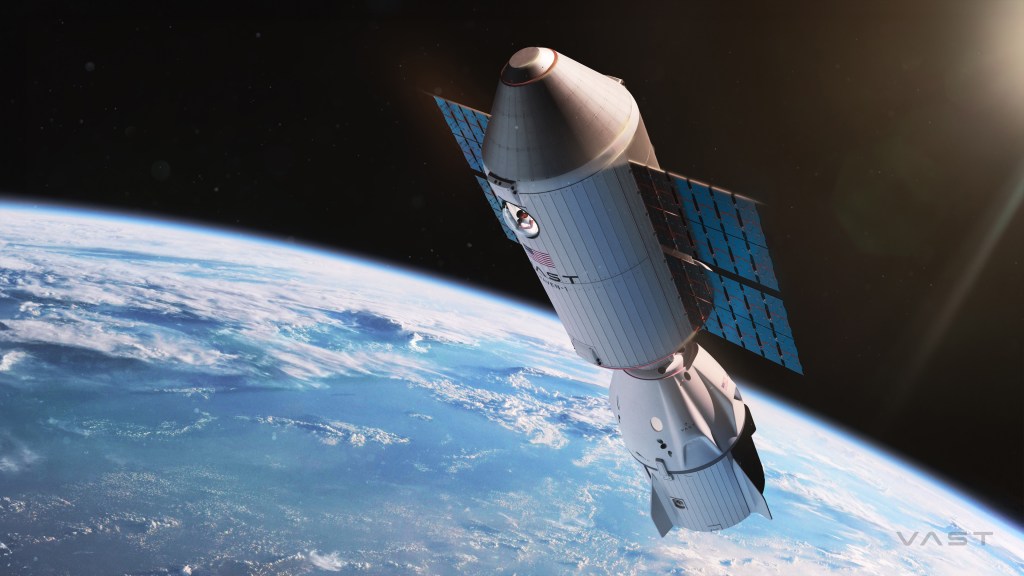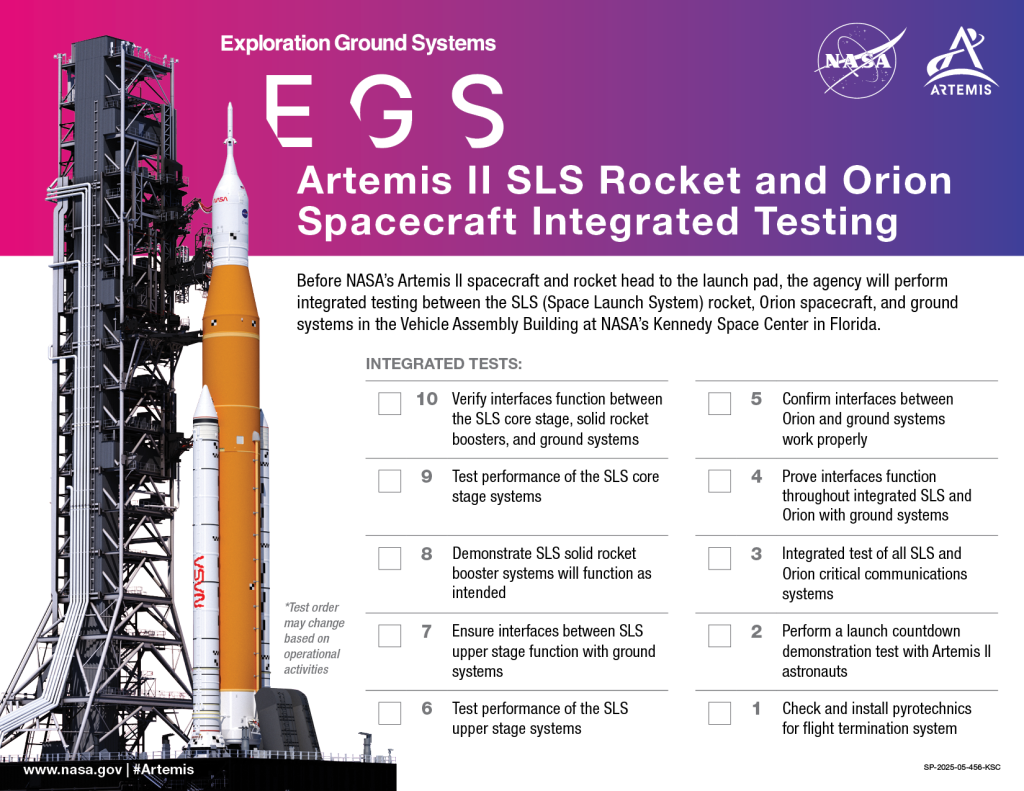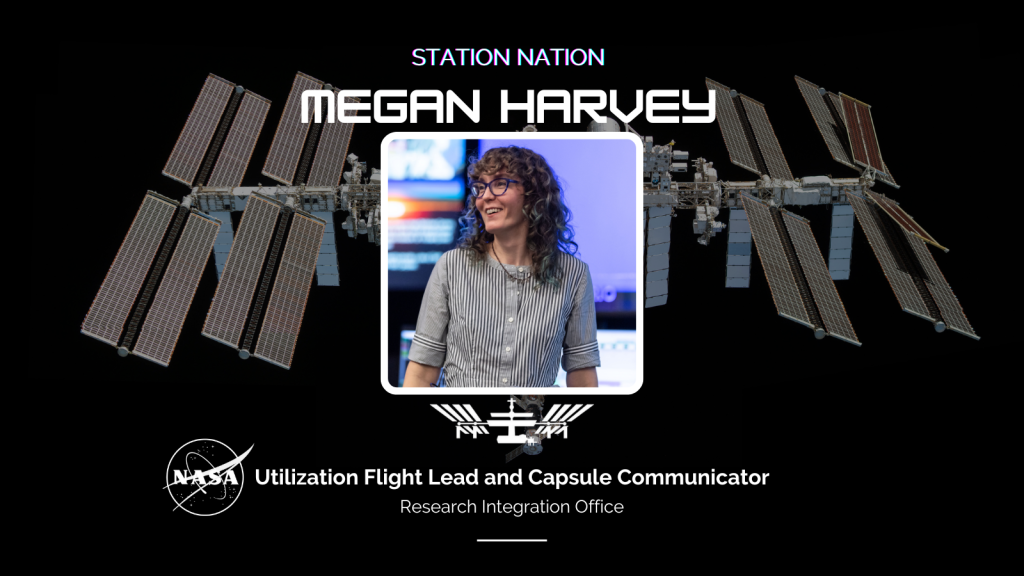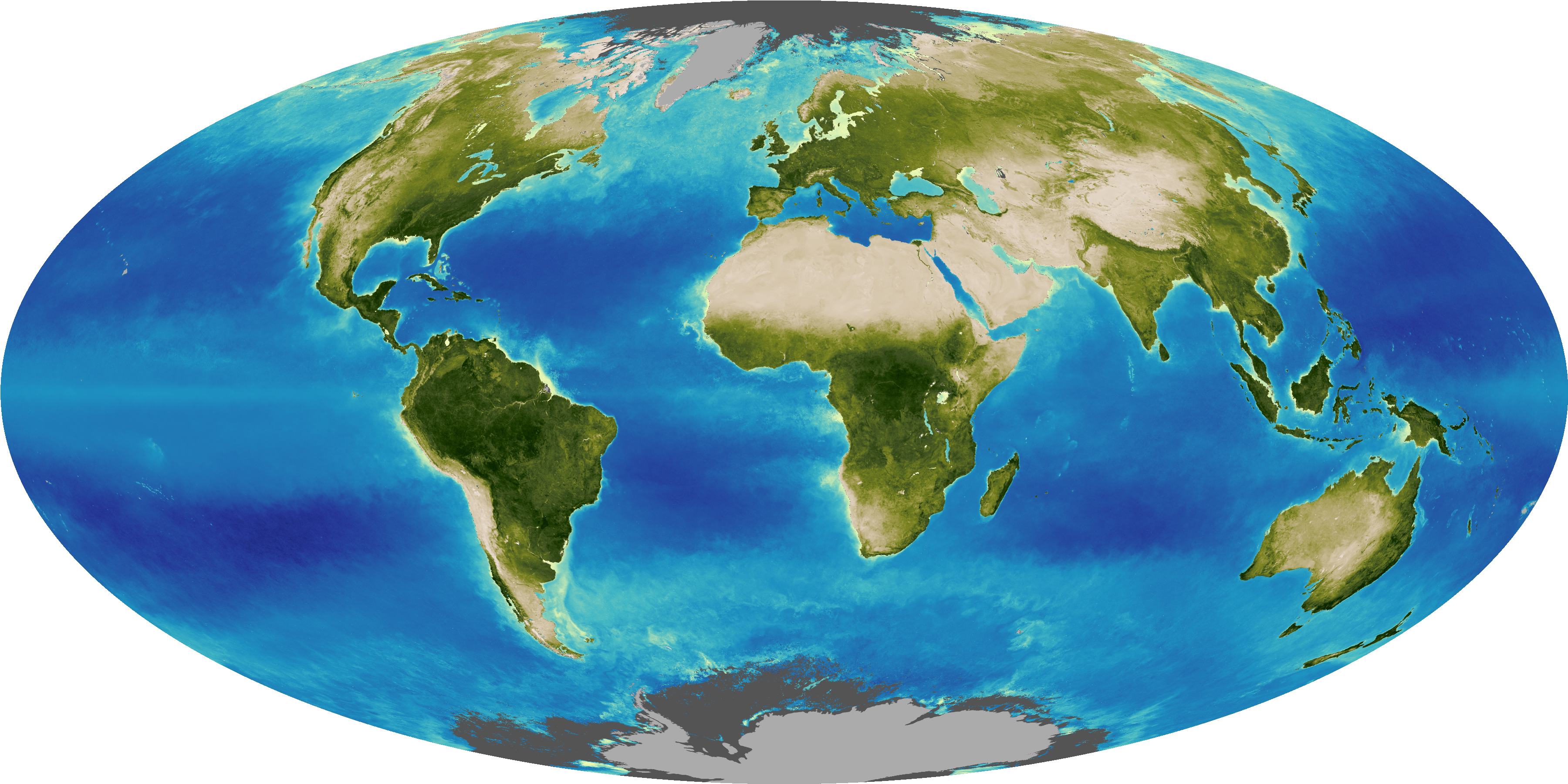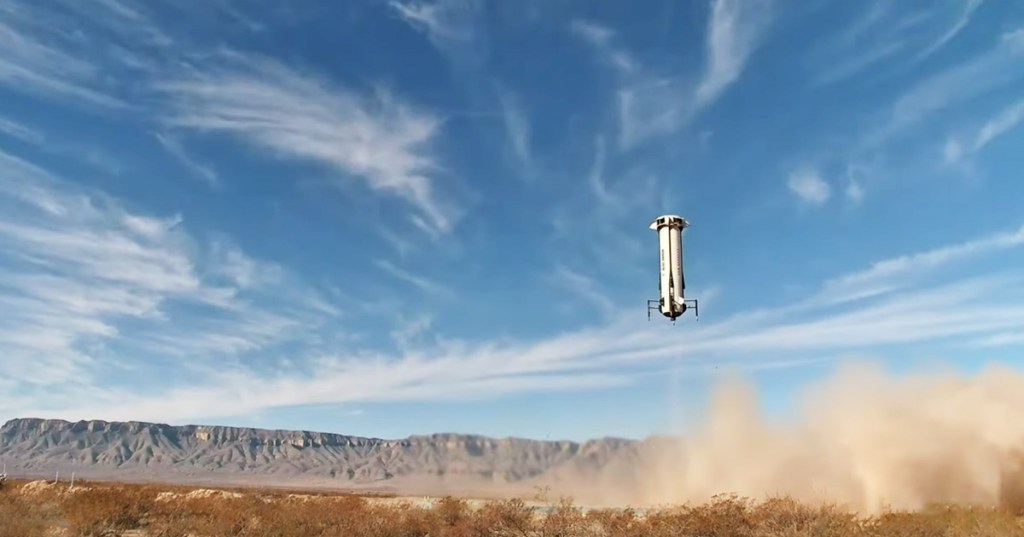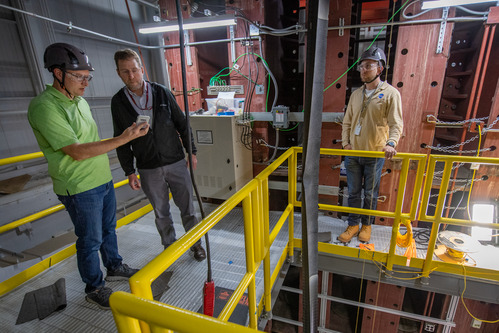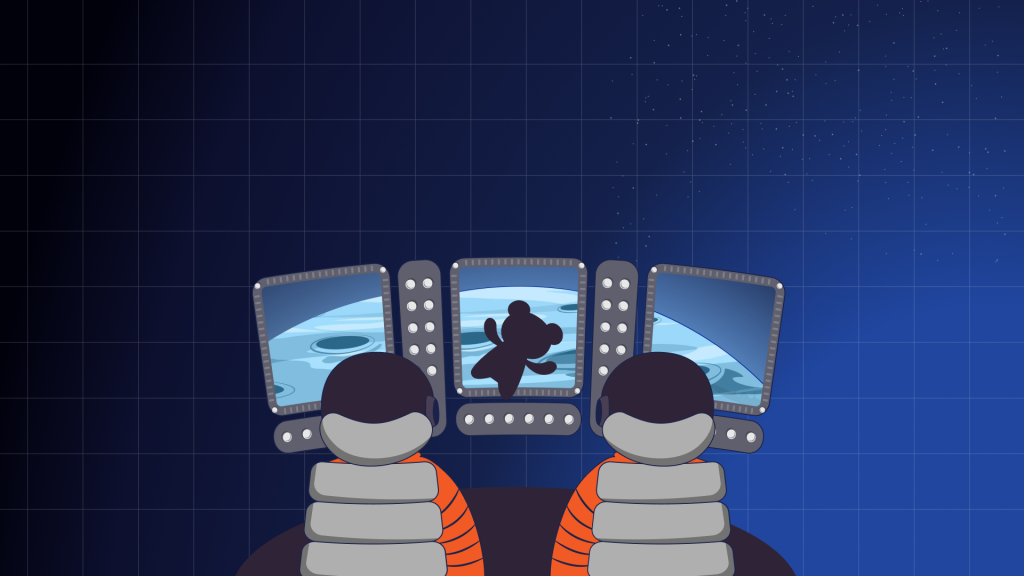Huygens at Titan 2
| Language |
|
|---|
This is one of the first raw images returned by the ESA Huygens probe during its successful descent. It was taken from an altitude of 16.2 kilometres with a resolution of approximately 40 metres per pixel. It apparently shows short, stubby drainage channels leading to a shoreline.
It was taken with the Descent Imager/Spectral Radiometer, one of two NASA instruments on the probe.
The Cassini-Huygens mission is a cooperative project of NASA, the European Space Agency and the Italian Space Agency. The Jet Propulsion Laboratory, a division of the California Institute of Technology in Pasadena, manages the Cassini-Huygens mission for NASA's Science Mission Directorate, Washington, D.C. The Cassini orbiter and its two onboard cameras were designed, developed and assembled at JPL. The Descent Imager/Spectral team is based at the University of Arizona, Tucson, Ariz.
Credit: ESA/NASA/University of Arizona
This is one of the first raw images returned by the ESA Huygens probe during its successful descent.It was taken at an altitude of 8 kilometers with a resolution of 20 meters per pixel. It shows what could be the landing site, with shorelines and boundaries between raised ground and flooded plains.
It was taken with the Descent Imager/Spectral Radiometer, one of two NASA instruments on the probe.
The Cassini-Huygens mission is a cooperative project of NASA, the European Space Agency and the Italian Space Agency. The Jet Propulsion Laboratory, a division of the California Institute of Technology in Pasadena, manages the Cassini-Huygens mission for NASA's Science Mission Directorate, Washington, D.C. The Cassini orbiter and its two onboard cameras were designed, developed and assembled at JPL. The Descent Imager/Spectral team is based at the University of Arizona, Tucson, Ariz.
Credit: ESA/NASA/University of Arizona



